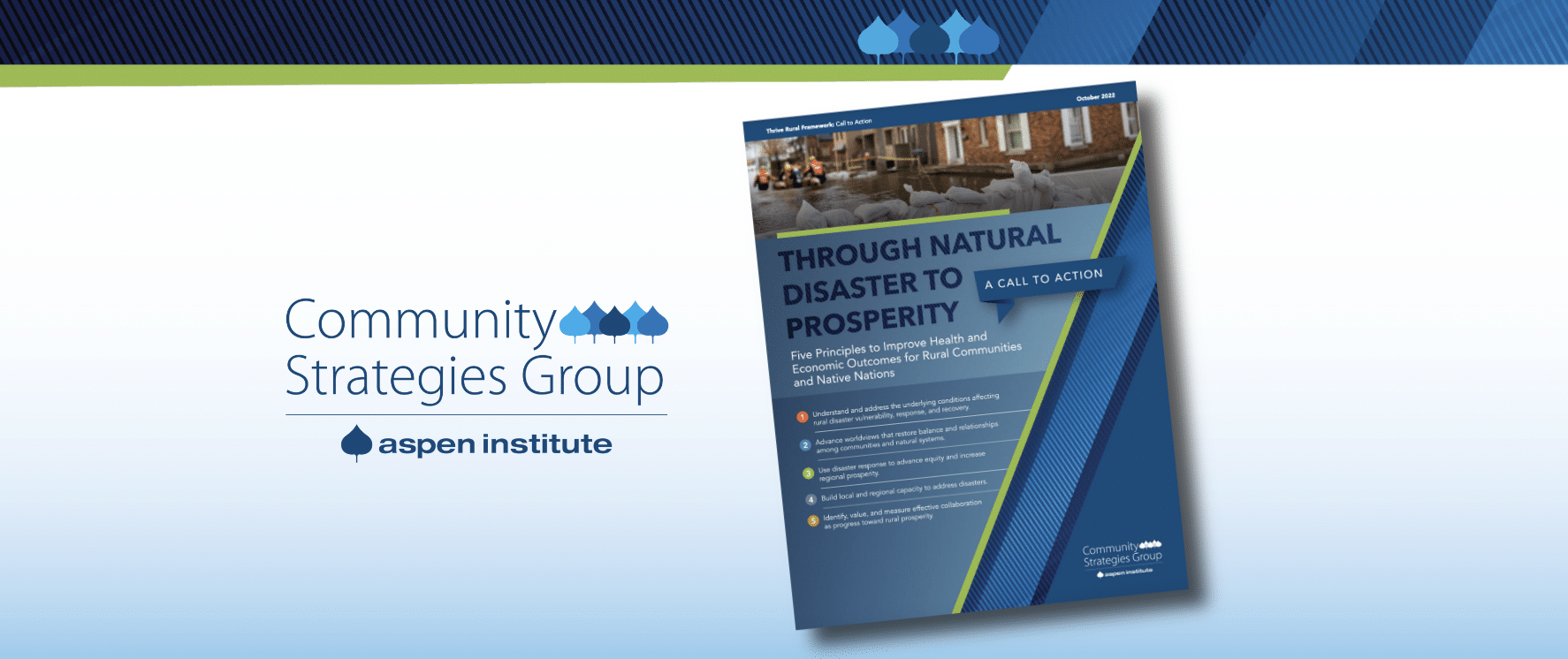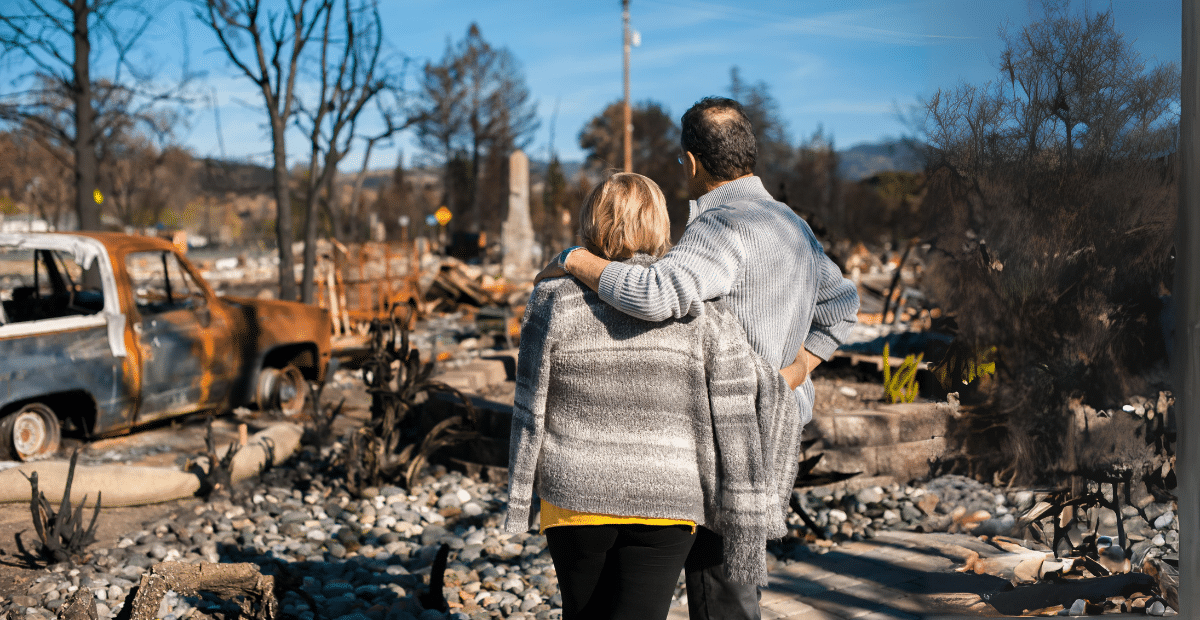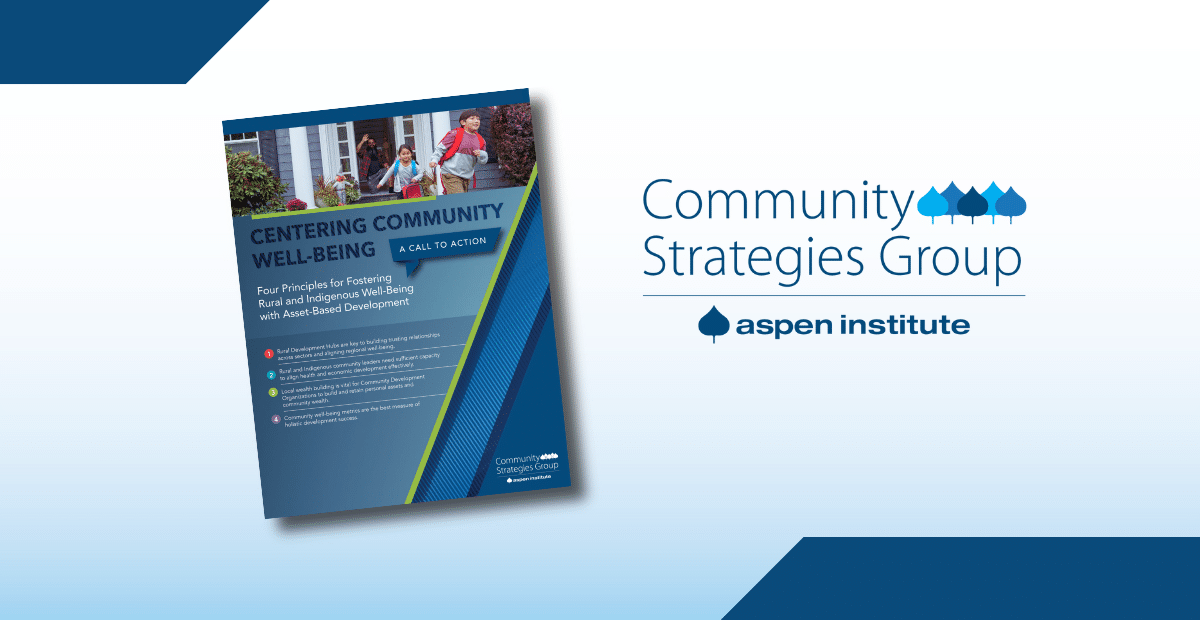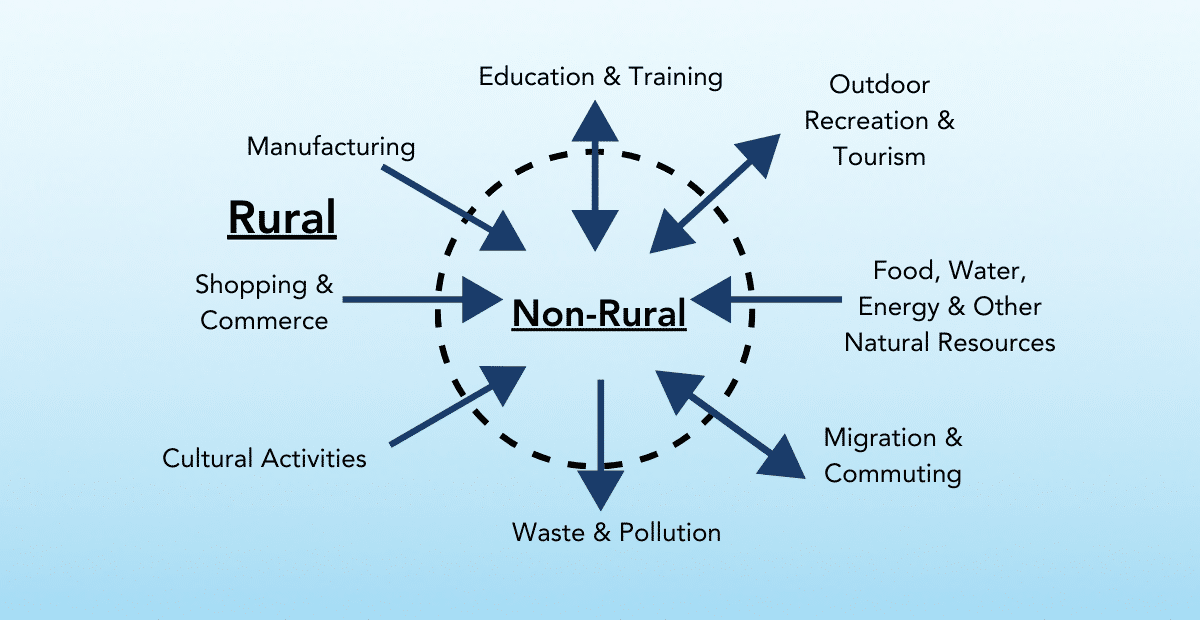The Federal Emergency Management Agency (FEMA) announced big changes to federal disaster assistance programs earlier this year. According to FEMA, these changes were made “based on direct feedback from survivors and in response to threats the nation faces due to our changing climate” with the goal of creating more equitable outcomes for all communities following natural disasters.
The changes go into effect on March 22, 2024.
A number of news outlets have covered the changes, including the Associated Press, PBS, Route 50, and Capital B News. FEMA has also released fact sheet guides for Individual Assistance and Tribal Nations Assistance.
Some of the significant changes include:
- Now, individuals can repair some non-disaster, pre-existing damages to homes. This speaks to “moving away from a costly “patch it again” cycle and focusing on advancing community prosperity outcomes.”
- Additional rapid immediate assistance (up to $750).
- Eliminating the need for businesses to apply to the Small Business Administration before applying for FEMA assistance.
- FEMA will now assist homeowners even when they also have private insurance payouts.
- Accessibility modifications can be made to homes and businesses using FEMA funds.
- Digital equity advances as individuals can now use resources to purchase computers.
Aspen CSG and our partners in the field quoted in this blog applaud FEMA for these updates to federal disaster response as a good first step towards a more equitable future. A little while back, we released Through Natural Disaster to Prosperity, a call to action report that outlined five principles to improve health and economic outcomes for rural communities and Native nations connected to how we prepare and respond to natural disasters.

Through Natural Disaster to Prosperity: A Call to Action
Need actionable steps in your equitable disaster preparedness or recovery work? This report highlights best practices from the field.
This blog explores how the changes to FEMA programs connect to Through Natural Disaster to Prosperity’s five principles:
Alignment with the Call to Action
The stated goal of these changes to FEMA programs is to be more equitable, particularly for Black, low-income homeowners, and Indigenous individuals and communities who historically have been less likely to receive equitable support following a natural disaster. Disasters happen in places, and specific conditions shape those places. The natural, physical, social, and policy landscapes of rural communities and Native nations affect their ’ vulnerability to disasters and their ability to respond to and recover from them.
That’s why our first call to action principle is to understand and address the underlying conditions affecting rural disaster vulnerability, response, and recovery. By recognizing that some communities are disproportionately impacted by disasters and restructuring programs to better support those communities, these new policies demonstrate a better understanding of the underlying conditions within FEMA.
“The NC Inclusive Disaster Recovery Network (NCIDR) recently engaged with FEMA leadership to discuss revisions to the Individual Assistance program. As NCIDR’s facilitator, I recognize the potential impact of these changes on rural communities’ access to disaster recovery programs. Because all disasters start and end locally, strong partnerships between community organizations and public agencies are necessary for effective implementation. We hope these revisions address some of the persistent gaps in our disaster recovery system, particularly for communities made vulnerable by undetermined documentation statuses and people who still need to achieve a full recovery under the previous, more burdensome rules. We appreciate FEMA’s commitment to ongoing review and collaboration to address systemic challenges in disaster recovery.”
Andrew Shoenig, Facilitator of the NC Inclusive Disaster Recovery Network and Program Director, Rural Prosperity and Investment at MDC
Similarly, suppose disaster preparedness, response, and recovery programs are not intentionally designed to mitigate and address inequities, including interventions to propel communities to more prosperous futures. In that case, they risk perpetuating inequality or making these regions less prosperous. Aspen CSG hopes that FEMA changes present an opportunity to use disaster response times to advance equity across race, place, and class and increase regional prosperity, principle three of the call to action.
In a new and exciting way, these FEMA changes provide flexible and responsive funding for response and recovery, a portion of our report’s fifth principle. Flexible, responsive funding opportunities have the potential to enable rural communities and Native nations to take a community prosperity approach to disaster preparedness, response, and recovery, improving outcomes and building long-term prosperity for all.
What the changes don’t do
As climate disasters become more frequent, additional disaster and resilience planning and implementation support will be needed for all communities, particularly for rural and Indigenous communities that are more vulnerable. While the policy changes offer more support for individuals and communities, they don’t address the fact that too many places have extractive and exploitative relationships with natural systems that produce conditions that increase the vulnerability to natural disasters — and make it difficult to prepare for and respond to them. The changes also don’t address the report’s second principle: advance worldviews that recognize and restore balance and relationships among rural communities and natural systems.
“These changes are a step in the right direction. Those of us who have been working on the ground with rural communities for years welcome the move to make the system of disaster response more equitable and efficient. We look forward to a day when disaster preparedness is as high a priority as disaster response, and when funding from multiple sources is streamlined in user-friendly ways so when vulnerable families face the challenge of rebuilding, they do so with the full support of federal and state programs. A national system of technical assistance for emergency managers and community groups would be a helpful next step; so that the important work of rebuilding moves quickly and equitably after a disaster.”
Dr. John T. Cooper Jr., Professor of the Practice, Landscape Architecture and Urban Planning at Texas A&M University
As part of these changes, it would have been a bigger and better step to see additional dollars and resources for planning, remediation, and resilience to help balance natural and human ecosystems and build local and regional capacity to address disasters, the fourth principle. In fact, more planning resources are needed to prevent or reduce the impact of natural disasters in rural places, which we hope will be the next step for the field.







